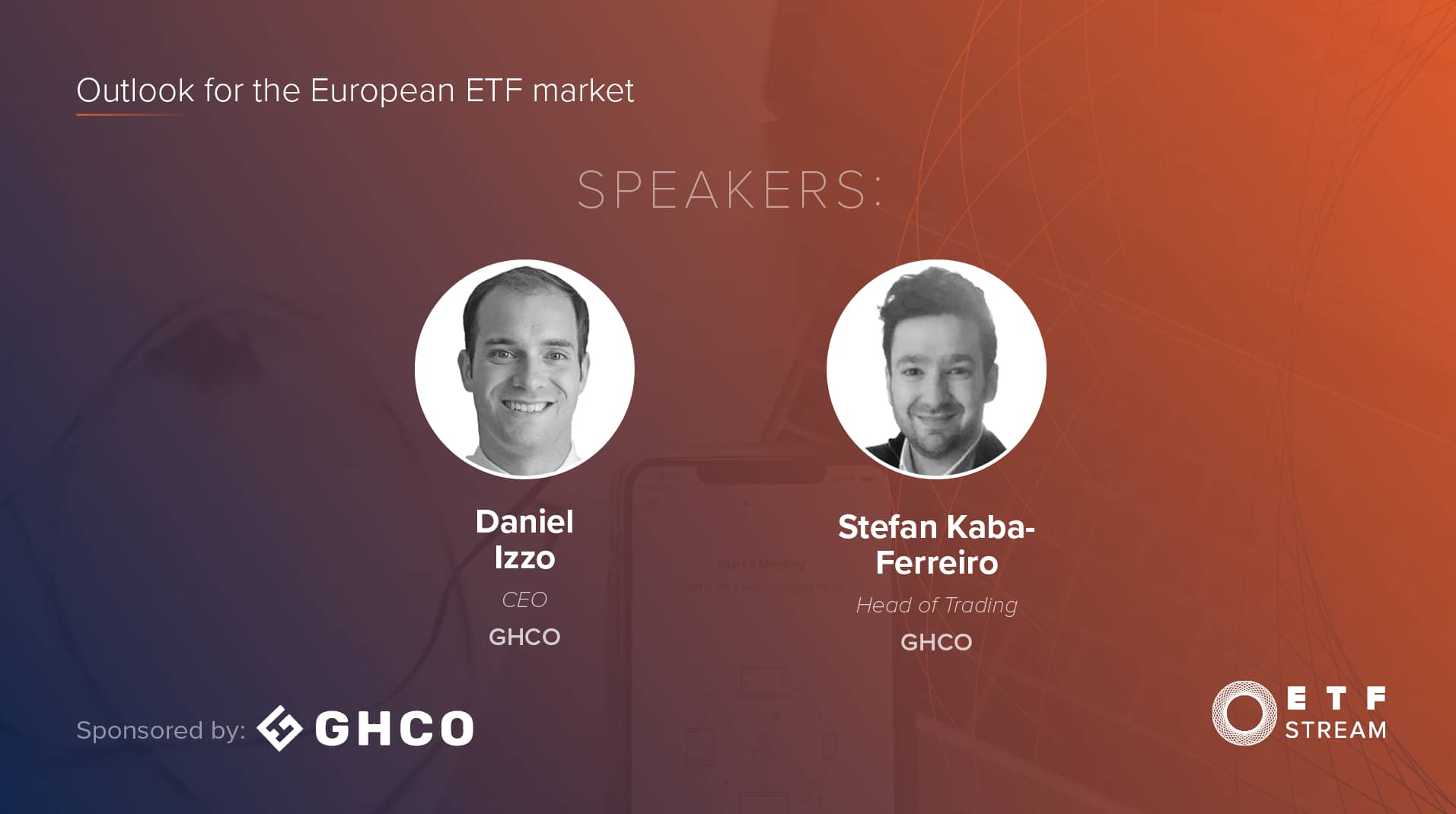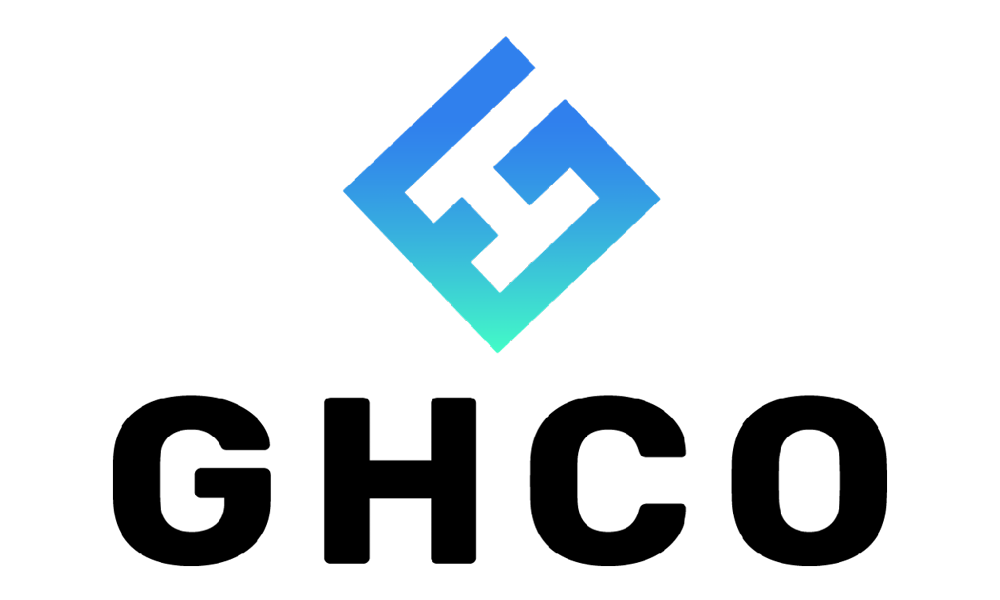The pitfalls of bitcoin futures ETFs, the impact of the Central Securities Depositories Regulation (CSDR) and the dangers of an ETF market running hot were all discussed at ETF Stream’s webinar in partnership with GHCO.
The webinar, titled Outlook for the European ETF market, started with GHCO’s CEO Daniel Izzo discussing the cryptocurrency exchange-traded product (ETP) space and the difficulties investors can encounter while trying to get wrapped exposure to the developing asset class.
Crypto ETPs gathered $8bn new assets in the first 10 months of the year, more than 10% of all inflows into digital assets globally, demonstrating the level of demand for a transparent and liquid product structure.
Spurring this in recent weeks has been the launch of the first bitcoin ETF in the US, ProShares Bitcoin Strategy ETF (BITO), a product Izzo told viewers to approach with caution.
Izzo’s main contention was with the product’s futures-based approach, which he said has a number of costs that mount over time – and are often overlooked by less sophisticated investors.
On BITO, he said: “When you invest in BITO, you are instantly in a hole on a value basis by around 3% on the first day.”
Then, on the costs incurred by the compulsory roll of the futures contracts every month, he added BITO has “massive decay”.
Izzo’s colleague and head of trading at GHCO, Stefan Kaba-Ferreiro, added: “It is a first step but for the end investor, you are losing the underlying roll of the future every month.”
They also warned the massive volumes going into BITO and its peers had created a free lunch for opportunistic players able to arbitrage the feverish flows in and out of the strategy.
Izzo said: “On the first day this product launched, the entire industry of quantitative hedge funds, market makers and banks said they should get involved in the bitcoin futures roll because they have a massive forced roller every month. They cannot help that. It has to roll every month.”
“I have no doubt in my mind there were countless hedge fund managers across the US who made a mint on the very first day this product came to market,” he continued.
Illustrating the material impact on investors, Izzo said the cost of rolling the bitcoin Chicago Mercantile Group (CME) future shot up roughly 700% on the day BITO came to market.
A contributing cause of this dynamic, he noted, is the lack of large, established players in the crypto space which means it is more difficult to keep costs at fair levels.
CSDR and the European ecosystem
Next, the panellists looked at the regulatory developments shaping the European ETF landscape, including CSDR and MiFID II.
While acknowledging the logic underlying the introduction of both sets of measures, Izzo said a rift remains between goals and real-world results.
“MIFID and CSDR are great ideas in principle but turn out forcing us as an industry into workarounds rather than actual solutions.
“The fact there is not a central clearing or central reporting facility – CSDR was meant to create a central repository – means everything remains very complicated.”
Izzo then touched on a much-bemoaned characteristic of the European industry – a lack of centralised data.
“Everyone in the European market should be concerned about the lack of a consolidated tape,” Izzo stated.
Unlike the US, where such a system exists, the European market remains fragmented with trading split between over 20 exchanges and regulatory idiosyncrasies in each country.
Kaba-Ferreiro added another hope with CSDR is it would bring back some volume to exchanges from over the counter (OTC) and request-for-quotation (RFQ) platforms. Instead, with GHCO being a primarily exchange-focused market maker, Kaba-Ferreiro argued exchanges need to adapt and modernise to match the convenience offered by other venues.
Having called for a consolidated tape, Izzo then pointed to a way to innovate that would further atomise the ecosystem: using blockchain and tokenisation as a decentralised alternative to exchanges.
“European markets have been fragmented for decades. Blockchain just takes decentralisation to the extreme and allows individuals to connect with each other with virtually no cost,” Izzo said. “I certainly have more confidence in new technology and new participants to fit what they are doing into an institutional model, than the old model to adapt and modernise.”
Trending ETFs
Finally, the webinar looked at some of the biggest trends driving flows in ETFs.
Key among these has been the COVID-19 pandemic recovery trade, with record annual asset flows into wrapped products and an unprecedented level of retail involvement.
Offsetting this optimism has been an equally persuasive trend – investors pouring money into inflation hedges.
Izzo said: “The only protection most of us have had from inflation over the past decade was through being invested. For those who were not, their money is worth materially less.”
Looking to protect their money from value depreciation and the hampering effects of monetary tightening, many exposed to fixed income have taken have started to move assets into inflation-hedged products, Izzo said.
Elsewhere, he noted: “Commodities are heavily bought which is inflationary driven. This seems to be everyone’s primary concern at the moment.”
He then warned viewers the exceptional performance continuing to be enjoyed by US equities has put them in a position where valuations are at an exceptionally high level.
However, remaining confident in the abilities of wrapped products, Kaba-Ferriero said: “ETFs are a wonderful product and they are so aggressively priced.
“You can get access to a remote corner of Indonesia for less than you can pay a private manager to fill a market order.”
Unfortunately, the pair remain unconvinced by the product launches and regulation driving one of the biggest areas of ETF growth – environmental, social and governance (ESG) investing.
“I do not see the Sustainable Finance Disclosure Regulation (SFDR) doing anything meaningful to help,” Izzo argued. “I see it adding complication, not because of the regulation itself but from players looking for ways around. This is just a market function.”
Kaba-Ferrero concluded: “There will be more top-down intervention to make sure investors are more considerate of the environment. As for whether ESG is the right flag, that remains to be seen. At the moment it is too much of a branding exercise.”
To watch the full webinar, click here.



